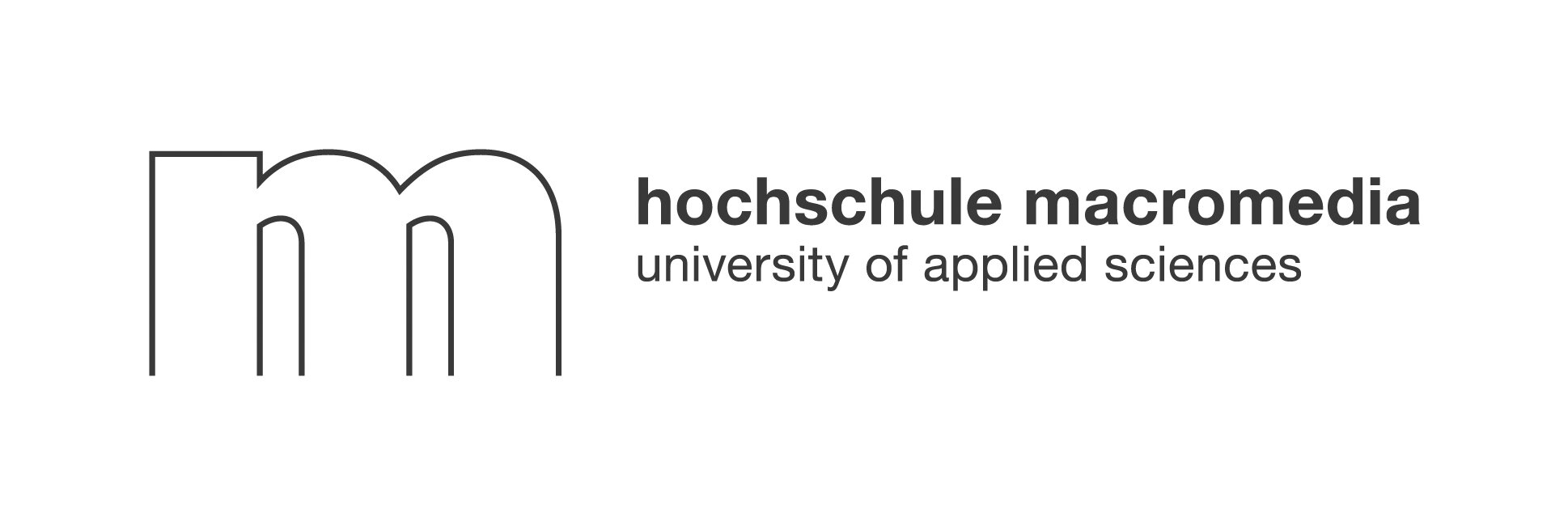The workplace has changed forever. If you're reading this, you're likely building community in a hybrid work environment, where some colleagues are in the office, others are remote, and everyone is searching for connection. This shift is both exciting and challenging. How do organizations foster belonging, innovation, and engagement when teams are split across spaces? Let's explore the journey from office-centric norms to the hybrid era, the risks of disconnection, and the practical steps leaders can take to spark genuine community—wherever work happens. For more insights on managing distributed teams effectively, check out our guide on managing remote and office teams.
From Office-Centric to Anywhere: How Hybrid Became the Default
A Brief Timeline of Remote, Virtual, and Hybrid Models
Just a few years ago, most companies expected employees to work from a central office. Remote work was rare, often reserved for freelancers or special cases. The COVID-19 pandemic in 2020 changed everything overnight. Within weeks, millions of workers worldwide shifted to fully remote setups, relying on digital tools to stay productive and connected.
As the crisis eased, organizations experimented with different models. Some tried to bring everyone back. Others remained fully remote. Most, however, landed on a hybrid approach, blending in-person and virtual work. By early 2023, nearly 28% of US full-time employees were working in hybrid arrangements, with similar trends globally. This hybrid model is now the norm, not the exception.
Why Employees Now Expect Built-In Flexibility
The experience of remote work revealed unexpected benefits: less commuting, more autonomy, and a better work-life balance for many. Employees discovered they could be productive from anywhere. As offices reopened, surveys showed that flexibility was no longer a perk—it was a baseline expectation.
Organizations found that offering hybrid options helped attract and retain top talent. Employees now seek roles that let them choose where and how they work, at least part of the time. The challenge for leaders is to meet these expectations while maintaining a strong sense of community and shared purpose.
Navigating the New Normal: Building Community in a Hybrid Work Environment — Why It Matters

The Hidden Cost of Disconnection on Engagement and Retention
Hybrid work offers flexibility, but it also brings a risk: disconnection. When teams are split across locations, spontaneous chats and informal bonding can fade. Research has shown that employees who feel isolated are less engaged and more likely to leave. In fact, a lack of belonging is one of the top predictors of voluntary turnover. According to Gallup's State of the Global Workplace 2024, fully remote and hybrid employees are 15 percentage points less likely to feel connected to coworkers than their in-office peers.
The presence of loneliness in the workplace has been found to have a negative impact on employee behavior, commitment and performance.
— Jelonek, Woelfer, Östbergh, 2023
Without intentional efforts to build community, organizations may see drops in morale, collaboration, and loyalty.
Community as a Lever for Innovation and Knowledge Sharing
A strong workplace community is more than just a "nice-to-have." It's a driver of creativity and learning. When people feel connected, they share ideas freely, solve problems faster, and help each other grow. In hybrid settings, fostering these connections requires new rituals and tools. Done well, community fuels innovation and helps teams adapt to change. Learn more about building social connections at work to strengthen your team's bonds.
Core Obstacles to Connection When Teams Are Split Across Spaces
Hybrid work brings unique challenges that can undermine connection if left unaddressed.
Misaligned Schedules and "Ghost Town" Offices
In a hybrid model, employees often choose their office days independently. This can result in "ghost town" offices, where only a handful of people are present—sometimes missing the teammates they hoped to see. A recent study found that employees were 29% more likely to come to the office when their manager was present, and 16% more likely when more teammates attended. This organic coordination is powerful but fragile.
Meeting Overload and Digital Fatigue
To compensate for physical distance, many teams schedule more meetings. While this can keep people informed, it often leads to digital fatigue. Back-to-back video calls drain energy and leave little time for informal chats or focused work. The result? People may feel both overwhelmed and disconnected. For creative solutions to this challenge, explore our guide on virtual team building activities that can help maintain engagement without overwhelming your team.
Equity Gaps Between In-Office and Remote Staff
Hybrid work can unintentionally create two classes of employees: those visible in the office and those working remotely. In-person staff may have more access to leaders, information, or opportunities, while remote workers risk being overlooked. Ensuring fairness and inclusion is a core challenge for hybrid teams.
Designing Intentional Touchpoints That Spark Belonging
Building community in a hybrid environment doesn't happen by accident. It requires deliberate design.
Anchor Days vs. Core Weeks: Choosing the Right Cadence
Some organizations designate "anchor days"—set days when everyone is encouraged to be in the office together. Others use "core weeks," where teams gather in person during specific weeks each quarter. The goal is to maximize overlap and create opportunities for face-to-face connection, without sacrificing flexibility.
| Approach | Description | Pros | Cons |
|---|---|---|---|
| Anchor Days | Regular weekly days for in-office presence | Predictable, builds routine | May limit flexibility |
| Core Weeks | Full-team in-office weeks every few months | Deep immersion, team bonding | Less frequent contact |
| Ad-hoc Alignment | Team-led scheduling of office days | Highly flexible | Can be inconsistent |
Rituals That Replace the Water-Cooler Moment
Without spontaneous office encounters, leaders must create new rituals to foster informal connection. Popular options include:
- Virtual coffee breaks or "check-ins"
- Team "show and tell" sessions for sharing wins or personal stories
- Digital "water-cooler" chat channels for non-work banter
These simple touchpoints help recreate the casual moments that build trust and friendship.
Cross-Functional Mixers for Serendipitous Collaboration
Innovation often happens when people from different teams cross paths. In a hybrid world, this requires intention. Companies are experimenting with:
- Rotating virtual lunches that mix employees from different departments
- Interest-based clubs or activity groups (like book clubs or wellness challenges)
- Company-wide "hackathons" or brainstorming days
Platforms like Neroia make it easy for employees to discover and join small-group activities—sports, wellness events, or cultural outings—tailored to individual interests and schedules. This approach fosters authentic connections beyond formal meetings. For more ideas on creating meaningful workplace experiences, check out our article on cultural activities for employees.
Leadership Behaviours That Glue Distributed Teams Together
Leaders play a crucial role in shaping community, especially when teams are dispersed.
Outcome-Based Management and Trust Signals
Great hybrid leaders focus on results, not hours logged in the office. By setting clear goals and trusting employees to deliver, they send a powerful message: "We value your contribution, wherever you work." This trust builds engagement and loyalty.
Coaching New Hires and Juniors Without Hallway Mentoring
Onboarding and developing new employees is harder when hallway chats are rare. Leaders can bridge the gap by:
- Scheduling regular one-on-ones focused on growth and well-being
- Pairing new hires with "buddies" for informal support
- Creating structured opportunities for learning and feedback
Now it really requires something from managers in a more structured way to have check-ins, and new employees should be assigned a buddy so that they have a person that they can connect with again digitally.
— Bengtson, 2023
Modeling Vulnerability to Nurture Psychological Safety
When leaders share their own challenges and ask for input, they create space for others to do the same. This vulnerability is key to psychological safety—a foundation for honest dialogue and risk-taking in any team.
Digital Campfires: Tools and Tech Stacks for Seamless Community
Technology is the backbone of hybrid community, but not all tools are created equal.
Persistent Chat Channels and Interest-Based Groups
Persistent chat platforms (like Slack or Teams) keep conversations flowing between meetings. Interest-based groups—whether for hobbies, wellness, or professional growth—help employees connect over shared passions.
- Project channels for quick collaboration
- Social channels for fun and casual talk
Virtual Whiteboards for Real-Time Creativity
Brainstorming and co-creation thrive on visual tools. Virtual whiteboards (such as Miro or Microsoft Whiteboard) allow teams to sketch, map ideas, and iterate together in real time, whether they're in the same room or continents apart.
Analytics to Spot Engagement Dips Early
Modern platforms can analyze participation in meetings, chats, and events to identify early signs of disengagement. For example, if a team's attendance at virtual socials drops, it may signal a need for new approaches. Neroia's anonymized analytics help HR spot trends while protecting privacy, enabling proactive support. According to Harvard Business Review, organizations that actively monitor and respond to engagement signals see 40% higher retention rates.
Measuring Community Health and Iterating Your Hybrid Strategy

Pulse Surveys, Network Analysis, and Attendance Heatmaps
To understand what's working (and what isn't), organizations use a mix of quantitative and qualitative data:
- Pulse surveys capture real-time feedback on belonging and engagement.
- Network analysis maps connections across teams to spot silos or isolated individuals.
- Attendance heatmaps reveal patterns in office or event participation.
These tools help leaders identify gaps and opportunities for stronger community.
Turning Data into Experiments: A Continuous Improvement Loop
Measuring is only the first step. The real value comes from using data to test new ideas, gather feedback, and adapt. Here's a simple improvement loop:
- Collect data: Use surveys, analytics, and feedback channels.
- Identify gaps: Look for drops in engagement, missed connections, or equity concerns.
- Test solutions: Pilot new rituals, events, or tech tools.
- Gather feedback: Ask employees what's working and what's not.
- Refine and repeat: Adjust based on results and keep iterating.
For more detailed strategies on measuring and improving employee engagement, explore our comprehensive guide on employee engagement programs.
Intentionality reigns supreme: The most significant lesson learned is that success is less about individual tactics and tools and more about being deliberate, backed by the right budget, communication, and company policies.
— TSIA, 2023
Key Takeaways for Building Hybrid Community
- Flexibility is now a baseline expectation—community must be designed, not assumed.
- Misaligned schedules and digital fatigue are the biggest threats to connection.
- Rituals, anchor days, and cross-team mixers keep the human spark alive.
- Leaders must model trust, inclusivity, and vulnerability.
- The right tech stack makes connection effortless and secure.
Steps to Ignite Belonging in Your Hybrid Team
- Assess your current state: Use surveys and analytics to understand connection points and gaps.
- Choose your cadence: Decide on anchor days, core weeks, or flexible team-led scheduling.
- Design new rituals: Create virtual and in-person touchpoints for informal connection.
- Equip leaders: Train managers in outcome-based management and inclusive practices.
- Leverage technology: Implement platforms that foster organic, interest-based connections—like Neroia.
- Measure and adapt: Regularly review data and feedback to refine your approach.
Closing Thoughts
Building community in a hybrid work environment is an ongoing challenge and opportunity. Organizations that succeed will be those that blend flexibility with intentionality, using data, technology, and human-centered leadership to foster authentic connection. According to McKinsey's research on hybrid work, companies that get hybrid work right see 25% higher productivity and 40% better employee satisfaction. Platforms like Neroia, which effortlessly help employees discover activities that match their interests and schedules, are leading the way in making hybrid workplaces both engaging and inclusive.
By designing for belonging—wherever work happens—leaders can unlock innovation, boost engagement, and create workplaces where everyone thrives.




